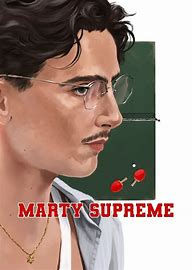All the light dims
- Robin Holabird

- Nov 16, 2023
- 2 min read
For a story that promotes inner depth involving “all the light we cannot see,” the best points from the series based on the Pulitzer Prize winning novel come from surface visuals. Directing All the Light We Cannot See, Shawn Levy uses skills he developed in his Night at the Museum movies, garnering broad performances and blending top notch special effects with impressive locations and set design. Fans of the book by Anthony Doerr will miss his lyrical flow of language in Steven Knight’s screenplay—not a huge surprise in switching a long story from one format into another. Those with no expectations of nuance might think the chronicle comes from a graphic novel where a few well-placed images set the stage to communicate quickly and simply. This proves no problem for general viewing but lacks the power of more intricate storytelling. The disparity between simplicity and complexity might also explain why the series gets a rotten tomato splat from reviewers versus a fairly high rating from audiences. While poor critical reception might mean All the Light We Cannot See misses the awards circuit, the series itself proves watchable enough. It gives actress Aria Maria Loberti a breakthrough role as Marie, blind since childhood and verging towards adult status in a Nazi occupied French town where she secretly helps the resistance. Loberti moves well as a blind person, which caught me by surprise when I later learned producers aimed to heighten reality by hiring a legally blind actress. This preoccupied me briefly when I returned to the show and watched more carefully for traits a sighted performer might not catch. Loberti’s manner of cocking her head towards sounds might come more naturally, and overall hiring her qualifies as a thoughtful and classy touch to give a major role to someone with the special skills to handle it. In any case, Loberti‘s warm smile and open approach suit the character. Playing Marie’s inspirational uncle, Hugh Laurie’s recognizable voice adds resonance to the project, though other performances come off as caricatures, especially a series of particularly nasty Nazis (not that anyone believes in nice Nazis). Hidden subtlety proves dim, so that all the light shines through on obvious tropes.




Comments